Blog
Jewellok is a professional pressure regulator and valve manufacturer and supplier.
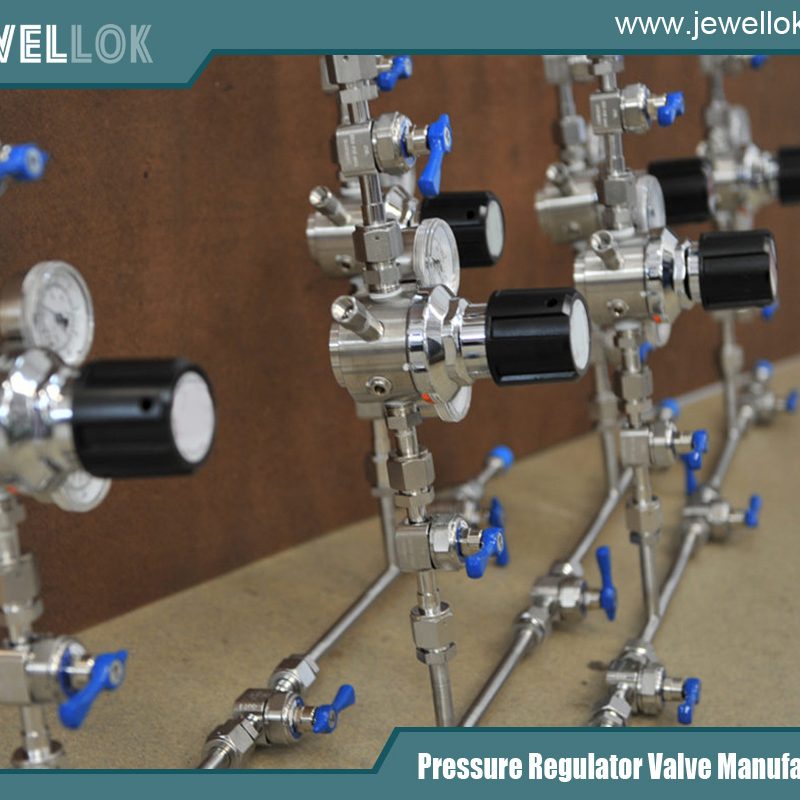
Technical Strategies and Practices for Improving the Response Speed of Large-Flow Single-Gauge Pressure Reducing Valves
- Pressure Regulator Valve Manufacturer
- 1 1 2 gas pressure regulator, 1 2 gas regulator, 1 2 propane regulator, 12v electric valve, electric water valve, gas cylinder, gas regulator, gas used in semiconductor chip manufacturing, high pressure argon regulator, high purity pressure reducing valves manufacturer, high purity pressure reducing valves manufacturer in china, how a regulator works, Hydraulic Pressure Reducing Valves, lab fittings exporter, large-flow single-gauge pressure reducing valves, large-flow single-gauge pressure reducing valves factory, large-flow single-gauge pressure reducing valves manufacturer, large-flow single-gauge pressure reducing valves supplier, large-flow single-gauge pressure reducing valves system, large-flow single-gauge valves, pressure reducing valves, pressure reducing valves factory, pressure reducing valves manufacturer, pressure reducing valves supplier, pressure regulator, pressure safety valve vs relief valve, propane pressure regulator valve, relief valve and safety valve difference, single-gauge pressure reducing valves, water valve timer, what is a flame arrestor
- No Comments
Technical Strategies and Practices for Improving the Response Speed of Large-Flow Single-Gauge Pressure Reducing Valves
Large-flow single-gauge pressure reducing valves are widely used in fields such as petrochemical industry, water conservancy and hydropower, and gas transmission. With the expansion of industrial production scale and the improvement of automation degree, the system has increasingly stringent requirements for the pressure reducing valve to respond quickly to large flow changes. When the flow rate changes abruptly, if the pressure reducing valve responds slowly, it will cause severe fluctuations in the outlet pressure, affecting the stable operation of the equipment and even triggering safety accidents. Therefore, improving the response speed of the pressure reducing valve has become a key technical issue that needs to be solved urgently.

Key Factors Affecting the Response Speed of the Pressure Reducing Valve
(1) Mechanical Structure Factors
- Valve Core Mass and Inertia: The larger the mass of the valve core, the greater its motion inertia. There will be a longer delay for the valve core to start moving after receiving the control signal. For example, the valve core of a traditional large-flow pressure reducing valve has a relatively large volume and is difficult to change its motion state rapidly when the pressure changes.
- Friction Force: The friction force between the valve core and the valve seat, as well as the guiding components, hinders the movement of the valve core. The material, installation method of the sealing components, and the wear generated during long-term operation will all increase the friction force.
- Spring Characteristics: The stiffness and preload of the spring directly affect the reset and adjustment speed of the valve core. If the spring stiffness is too large, the resistance for the valve core to open or close is high; if the spring stiffness is too small, the stability of the valve core is poor, and it is prone to oscillation.
(2) Fluid Dynamics Factors
- Flow Channel Design: An unreasonable shape and size of the flow channel will lead to high fluid flow resistance, resulting in a large pressure loss and delaying the response of the valve core. For example, there are sharp corners and sudden changes in the cross-sectional area in the flow channel.
- Cavitation and Water Hammer: Under large-flow working conditions, the fluid flow velocity is fast, and cavitation and water hammer phenomena are likely to occur. Cavitation will damage the surfaces of the valve core and the valve seat and affect the sealing performance; the instantaneous pressure impact generated by the water hammer will interfere with the normal movement of the valve core.
(3) Control Factors
- Control Signal Transmission Delay: From the moment the pressure sensor detects the pressure change to the time when the control signal is transmitted to the actuator, there is a certain time delay. Especially when using traditional electrical signal transmission, the signal transmission speed is limited.
- Accuracy of the Control Algorithm: A simple control algorithm is difficult to accurately match the pressure regulation requirements under complex working conditions and cannot quickly give appropriate control commands.
Technical Strategies for Improving the Response Speed of the Pressure Reducing Valve
(1) Structural Optimization Design
- Lightweight Valve Core Design: Use high-strength lightweight materials such as titanium alloy and carbon fiber reinforced composite materials to manufacture the valve core. Under the premise of ensuring strength, the mass of the valve core can be greatly reduced. At the same time, optimize the structure of the valve core, and adopt a hollow or thin-walled design to further reduce the inertia.
- Low-Friction Structure Design: Select sealing materials with a low friction coefficient, such as polytetrafluoroethylene (PTFE). Improve the guiding structure, and adopt rolling bearings or magnetic levitation guiding technology to convert sliding friction into rolling friction or non-contact friction, effectively reducing the friction force.
- Optimization of Spring Parameters: Determine the appropriate spring stiffness and preload through theoretical calculations and experiments. Use a variable-stiffness spring to provide a small resistance at the initial stage of valve core opening, which is convenient for a rapid response; increase the stiffness when the valve core approaches the stable position to improve stability.
- Improvement of Flow Channel Design: Use computational fluid dynamics (CFD) software to simulate and analyze the flow channel of the pressure reducing valve, optimize the shape of the flow channel, and reduce unnecessary corners and sudden changes in the cross-sectional area. Adopt a streamlined flow channel design to reduce the fluid flow resistance and improve the fluid passing efficiency.
(2) Application of Advanced Materials
- Wear-Resistant and Corrosion-Resistant Materials: Use wear-resistant and corrosion-resistant materials such as cemented carbide and ceramic materials for key components such as the valve core and the valve seat. These materials can not only extend the service life of the components but also maintain good sealing performance and reduce the problems of increased friction force and leakage caused by wear.
- Shape Memory Alloy Materials: Shape memory alloys have unique shape memory effects and superelasticity. Applying them to the actuators of pressure reducing valves can achieve rapid and precise actions and improve the response speed. For example, when the temperature changes, the shape memory alloy components can deform rapidly and drive the valve core to move.
(3) Intelligent Control Technology
- High-Speed Signal Transmission and Processing: Use optical fiber communication technology instead of traditional electrical signal transmission to improve the transmission speed and anti-interference ability of the control signal. At the same time, be equipped with high-performance microprocessors and sensors to achieve rapid collection and processing of pressure signals.
- Advanced Control Algorithms: Introduce intelligent control algorithms such as fuzzy control, neural network control, and adaptive control. Fuzzy control can quickly adjust the control quantity according to the pressure deviation and the rate of change of the deviation; neural network control can achieve precise pressure regulation by learning complex working condition data; adaptive control can adjust the control strategy in real time according to the changes in system parameters.
(4) Auxiliary Devices and System Integration
- Application of Accumulators: Install accumulators in the pressure reducing valve system. When the system flow rate suddenly increases, the accumulators can quickly release the stored energy, supplement the fluid, relieve the pressure fluctuation, and help the pressure reducing valve reach a stable state more quickly.
- Pressure Compensation Devices: Set up pressure compensation devices to monitor the changes in the inlet and outlet pressures in real time. Through feedback adjustment, automatically compensate for the pressure loss caused by the flow rate change, and improve the dynamic response performance of the pressure reducing valve.
Experimental Verification and Effect Analysis
(1) Construction of the Experimental Platform
Build a performance test platform for large-flow pressure reducing valves, including a flow regulation system, a pressure measurement system, a data acquisition system, etc. By changing the flow rate and pressure setting values, simulate the actual working conditions, and conduct performance tests on the pressure reducing valves before and after the improvement.
(2) Analysis of Experimental Results
After structural optimization, material improvement, and control strategy upgrading, the response time of the new pressure reducing valve under large flow rate changes is significantly shortened. Compared with the traditional pressure reducing valve, the response speed is increased by 30% – 50%, and the fluctuation range of the outlet pressure is reduced by 20% – 30%. It can achieve pressure regulation more quickly and stably.
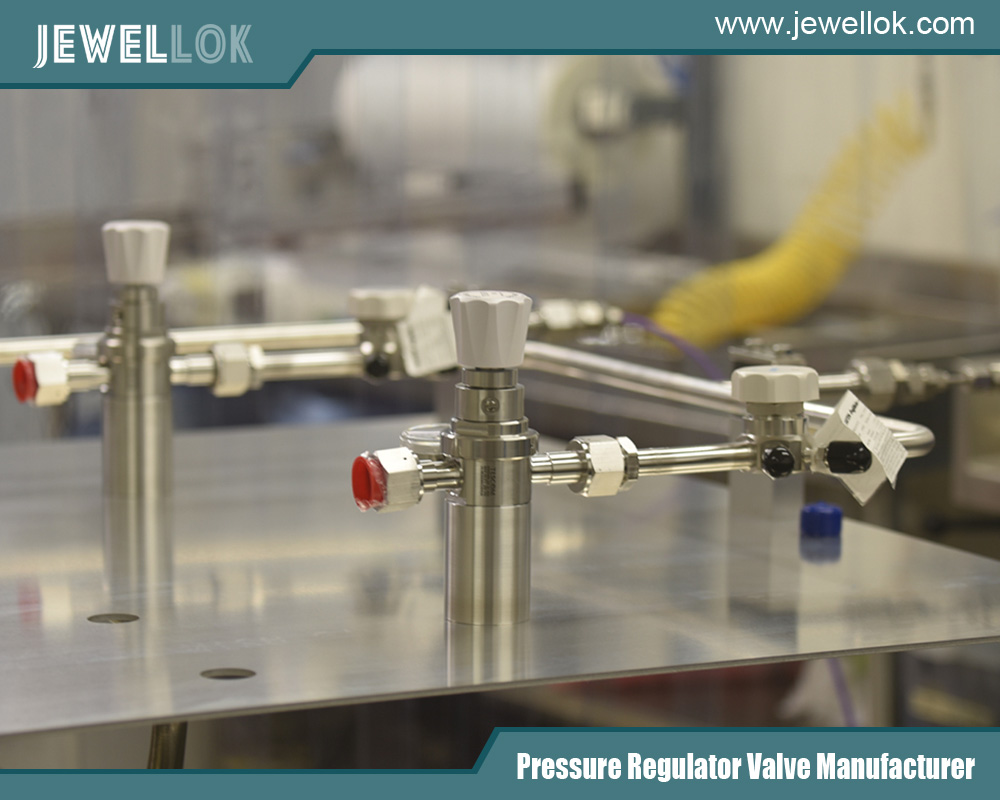
Conclusion
Improving the response speed of large-flow single-gauge pressure reducing valves is a systematic project that requires comprehensive improvements in mechanical structure, materials, control, and other aspects. Through lightweight valve core design, low-friction structure optimization, application of advanced materials, introduction of intelligent control technology, and reasonable configuration of auxiliary devices, the response speed of the pressure reducing valve can be effectively improved to meet the requirements of precise pressure regulation under large-flow working conditions in industrial production. In the future, with the continuous development of new materials and technologies, the performance of large-flow pressure reducing valves will be further improved, providing more reliable guarantees for the stable operation of industrial fluid control systems.
For more about technical strategies and practices for improving the response speed of large-flow single-gauge pressure reducing valves, you can pay a visit to Jewellok at https://www.jewellok.com/ for more info.
Recent Posts
How Does An Acetylene Gas Changeover Manifold Work?
How Does A Carbon Dioxide Gas Pressure Regulator Work?
How Does A Oxygen Gas Pressure Regulator Work?
How Does A Helium Gas Pressure Regulator Work?
How Does A Nitrogen Gas Pressure Regulator Work?
How Does An Argon Gas Pressure Regulator Work?
How Does A Propane Gas Pressure Regulator Work?
How Does A Acetylene Gas Pressure Regulator Work?
How Does the High Pressure Back Pressure Regulator Work?
The Complete Guide to Camco 59013 Single Stage Propane Regulator
Tags
Recommended Products
-
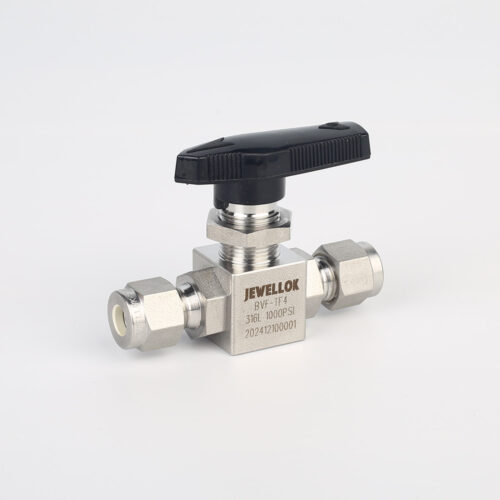
Stainless Steel High Purity High Temperature Pneumatic Actuated Ball Valves JBV2 Series
-
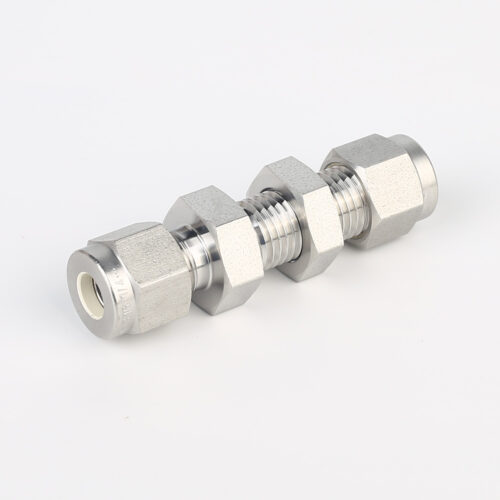
774L Stainless Steel UHP Fittings Butt Weld Bulkhead Union For High Flow Special Gas Fluid
-
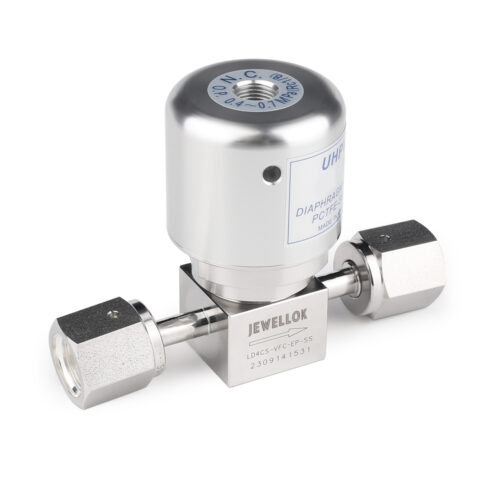
Stainless Steel Low Pressure Seal Pneumatic Diaphragm Control Valve For For HP & UHP Gases
-
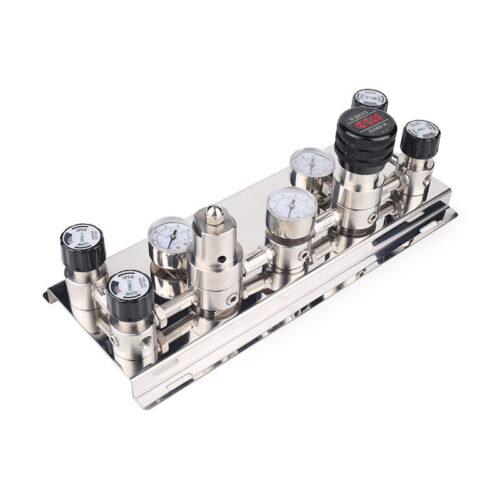
Stainless Steel High Pressure Specialty Gas Changeover Manifold For High Purity Oxygen Nitrogen Argon Helium Hydrogen Co2
-
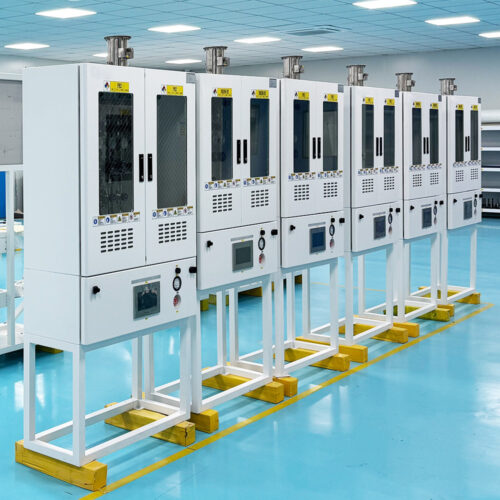
VMB Valve Manifold Box And Panel Gas Cabinet, BSGS Gas Cabinets, TMA Gas Cabinets, Scrubber Tail Gas Treatment Cabinets
-
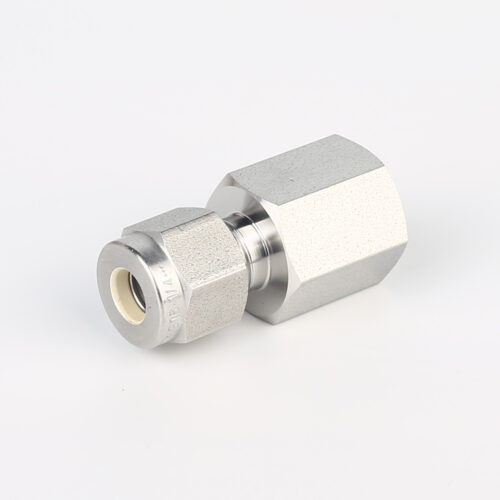
766L High Purity Female Connector UHP Fitting Female Connector
-
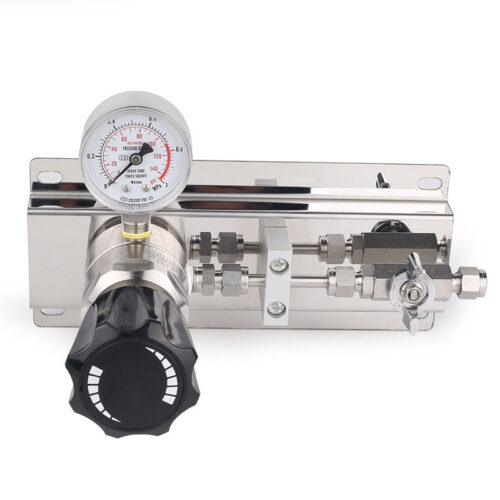
Medical Oxygen Single Stage Manual Gas Changeover Manifold Panel High-Purity Two-Stage Manual Gas Manifold Gas Pressure Control Panels
-
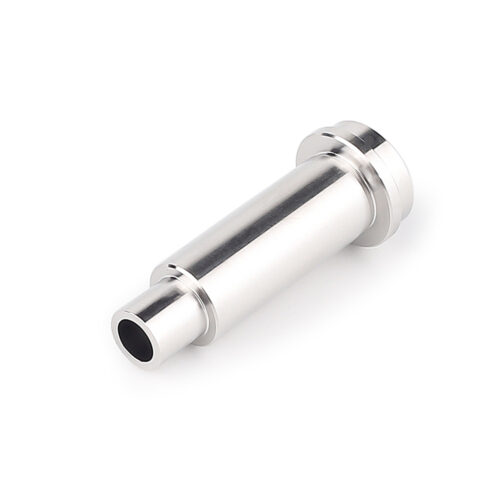
UHP Metal Gasket Face Seal Fittings Vacuum Coupling Metal Face Seal Join Long Gland And Short Gland